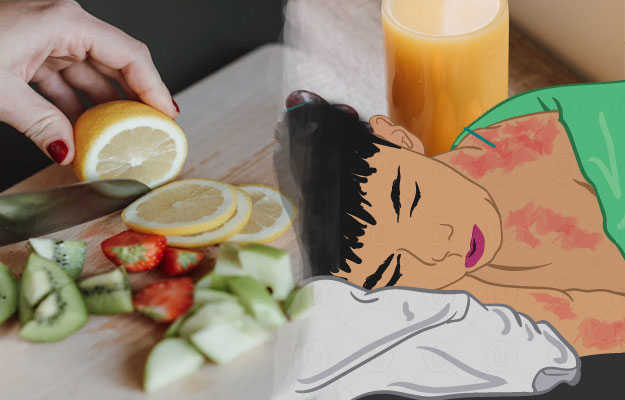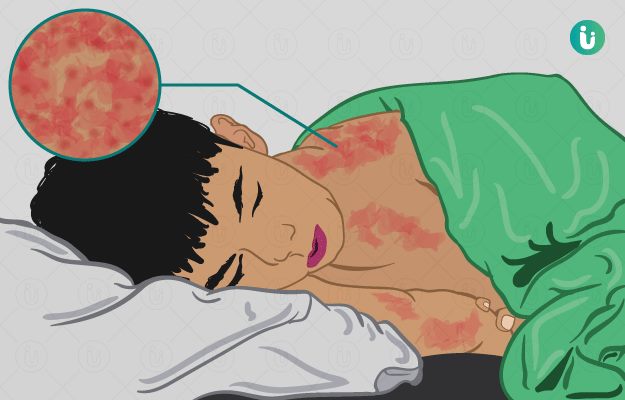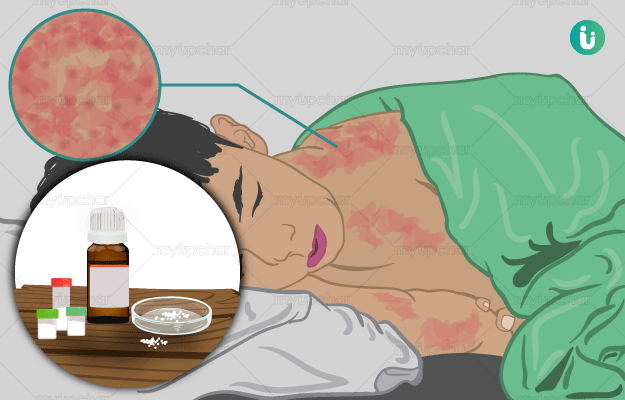Once you have ensured that the patient’s requirement of vitamin A and fluids has been met, you can proceed to add other foods to their diet to better manage various health consequences of the disease like loss of appetite (fruit juices will help), low energy (give porridge), and foods to boost immunity to aid faster recovery.
Food to compensate for loss of appetite
Due to loss of appetite during measles, the patient is not able to eat much. With these simple steps, you can fulfil their nutritional requirements:
- Give the patient juices of fruits like orange and lemon with glucose and vegetables or lentil soup.
- Gradually, the patient can start eating fruits and a balanced diet, which should include lots of green vegetables and fruits, to boost the immune system. You can start solid meals for them with mashed potatoes, porridge, and mashed rice as they are easy to digest.
- The patient can be given lots of warm water to drink, as this flushes toxins out of the system. For better results, have warm water in the mornings on an empty stomach and in the evenings.
(Read more: How to increase appetite in kids)
Food for increasing energy levels
Fever is the main symptom of measles. Because of fever, the patient can also experience low energy levels and loss of taste. In this condition, their diet should be easy to digest, and energy-dense foods should be added to it like mixed vegetable khichdi, porridge, tapioca pearl (sabudana), rice, suji kheer. To enhance the taste and flavour of food you can add fresh herbs like basil (tulsi), coriander, garlic, ginger and lemon.
Protein can be helpful for muscle and weight loss
Due to fever, weight and muscle loss are visible during this disease. To maintain a healthy weight and muscles, try to add easy-to-digest protein-rich foods in each meal such as lentil soup, chickpea salad, daal, sambhar, and scrambled eggs.
Add Vitamin C rich food to the diet
Vitamin C is a well-known antiviral agent, especially in measles. It is also known as a strong antioxidant that helps with skin conditions such as rashes, which is common in this disease. Two to three types of citrus fruits like oranges, sweet lime, and lemon every day should do the trick.
Immunity boosting food
A strong immune system can help with a fast recovery. Foods rich in different vitamins, minerals, and antioxidants can be helpful. Turmeric, nutmeg, ginger, clove, black pepper, sweet basil leaves are known for being rich in these nutrients. You can add them to herbal tea (kadha), curry, or soup. All colourful and seasonal fruits and vegetables are a great source of these nutrients as well. You can have them as fruit juice, shake, vegetable juice, or soup.
(Read more: Foods for increasing immunity)
Are you also troubled by obesity and are not able to lose weight even after a lot of efforts, then start using myUpchar Ayurveda Medarodh Weight Control Tablet today and control your weight.















